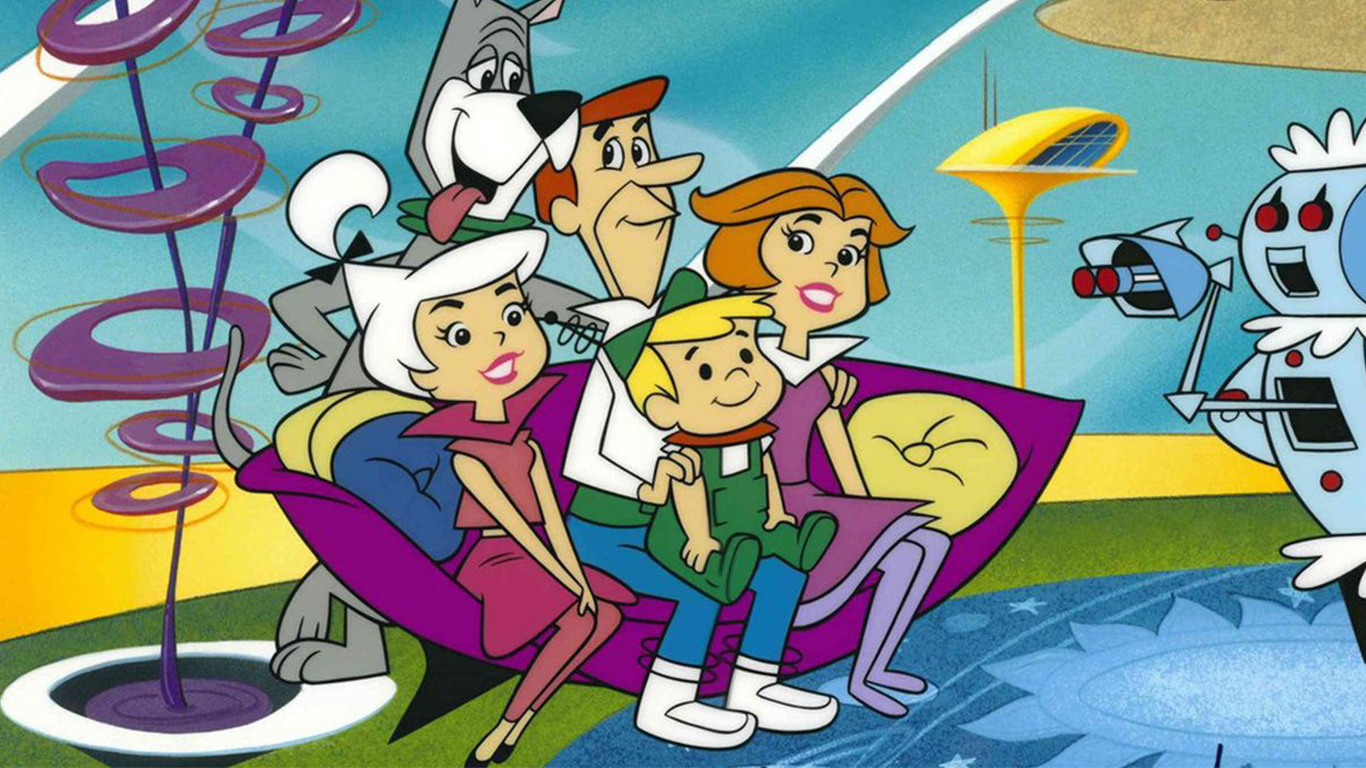 The FCC has issued a report of almost 200 pages showing its interim plan for increasing broadband deployment and use in both urban and rural areas. The program is complex because it offers at least a dozen options for reaching an abstract goal. The analysis says that everyone in America should have access to a high-speedInternet connection, but it does not have a concrete set of plans based on what level of service makes up broadband or whether that service should be delivered over wire line or wireless services.
The FCC has issued a report of almost 200 pages showing its interim plan for increasing broadband deployment and use in both urban and rural areas. The program is complex because it offers at least a dozen options for reaching an abstract goal. The analysis says that everyone in America should have access to a high-speedInternet connection, but it does not have a concrete set of plans based on what level of service makes up broadband or whether that service should be delivered over wire line or wireless services.
The plan is so amorphous that the range of cost estimates for building an American broadband utopia ranges from $20 billion to $350 billion. The second number is nearly half of the total amount of the $787 billion stimulus package. That $350 billion buys a world-class broadband system that runs to every home and wireless device.
The FCC starts with a compelling set of reasons for faster and more widely distributed broadband. Improvements in infrastructure would allow more people to have access to critical news and less-than-critical entertainment. People rely on the Internet for healthcare information, job searches, voice communication, research, and a large number of essential business-to-business applications.
As Reuters points out, the Administration has only set aside $7.2 billion for improved broadband infrastructure, so the government is unlikely to be a major participant in improving the system in Continental United States, Alaska, and Hawaii.
Private enterprise is likely to shoulder most of the burden of increasing the reach and speed of broadband, but, from the standpoint of major Internet providers, most of the money they need to spend has already been spent. Cable companies have laid the majority of their broadband systems. Those systems are upgraded regularly. The large fiber-to-the-home network being built by Verizon (VZ) and A&T (T)are almost finished. Wireless firms continue to create broader 3G networks which will eventually be replaced by 4G. It is not likely that these upgrades and new initiatives will come anywhere close costing $350 billion, so a $350 billion system will never exist. It is a dream contained in the FCC document and that is almost certainly the end of it.
The US is only a decade removed from a period when the Internet was run almost completely through 56K dial-up systems run by companies such as Prodigy and AOL. Connection speeds are now at least twenty times faster than dial-up and there is no argument that the advancement should have caused a significant improvement in the efficiency of people’s private and business lives.
The productivity argument is undermined almost immediately when analysts look at how people use the Internet. Among the fifty largest sites on the Internet and certainly among the fastest growing are Google’s (GOOG) YouTube, Facebook, News Corp’s (NWS) MySpace, Twitter, and a large number of entertainment websites. A larger and more complex broadband infrastructure does not necessary improve productivity in the way that the FCC would describe it.
The FCC program for making a multi-billion investment in improved broadband is based on the idea that everything that is on the Internet is worth getting to more quickly. The actual behavior pattern of users shows otherwise. The agency’s new report says almost nothing about the value of YouTube, video pornography, video games, or social networks. It is odd that all of those were left out.
Douglas A. McIntyre
Thank you for reading! Have some feedback for us?
Contact the 24/7 Wall St. editorial team.





